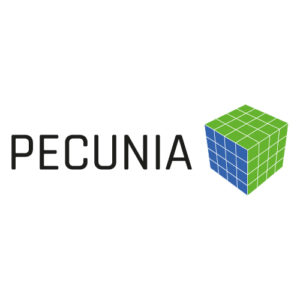The PECUNIA RUM Version 1 was initially developed as a 37-page pen-and-paper questionnaire in English by the scientific partners of the PECUNIA Consortium between mid-2019 and June 2021. An updated, 20-page Version 2 which was developed in 2024, refines the format by reducing complexity and improving usability. It introduces a new work-related section and is available in both Patient and Proxy versions, with options to select either a fixed or flexible recall period. It has a modular structure of nine sections covering questions related to:
– Residential Care (Section A)
– Non-residential Health and Social Care (Section B)
– Prescription Medication (Section C)
– Informal Help (Section D)
– Education (Section E)
– Work (Section F)
– Safety and Justice System (Section G)
– Private Expenses (Section H)
– Final remarks (Section I)
The different modules have been harmonised with each other through the following steps: a comprehensive scoping review to identify existing RUM recommendations, a focus group of health economists to provide feedback on the first draft, an initial wording review, professional English language editing, piloting in (online) interviews with former mental health care users and carers, and a formal translatability assessment.
More information about the development process of the PECUNIA RUM can be found in a video here. PECUNIA RUM has been optimised for translation through the wording review and translatability assessment. To improve transferability and translatability in a trial-based economic evaluation as part of the FLOURISH project, Version 1 required major format adaptations and language simplifications, leading to the creation of a more concise Version 2 which includes a new work-related section and a matching PROXY version.
A comprehensive User Manual is also available to provide guidance on effective use.
^ Back to top


